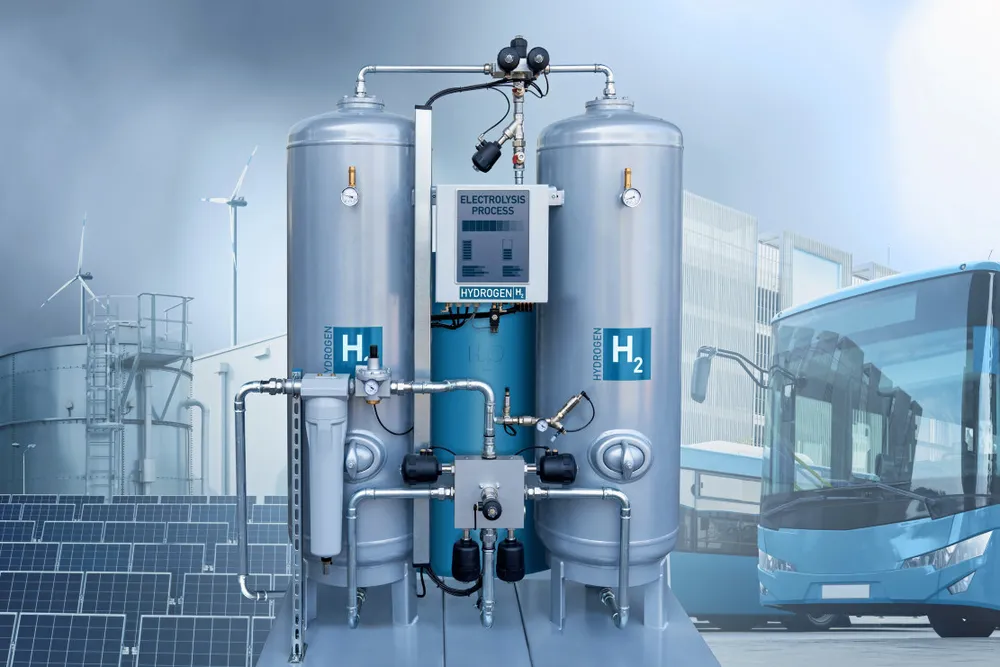Hydrogen will provide up to 26% of EU's final energy demand in 2050, but is unlikely to be used in cars or heating: study
German climate institute calls upon policymakers to focus on direct electrification, and prioritise H2 for only a handful of hard-to-electrify sectors
